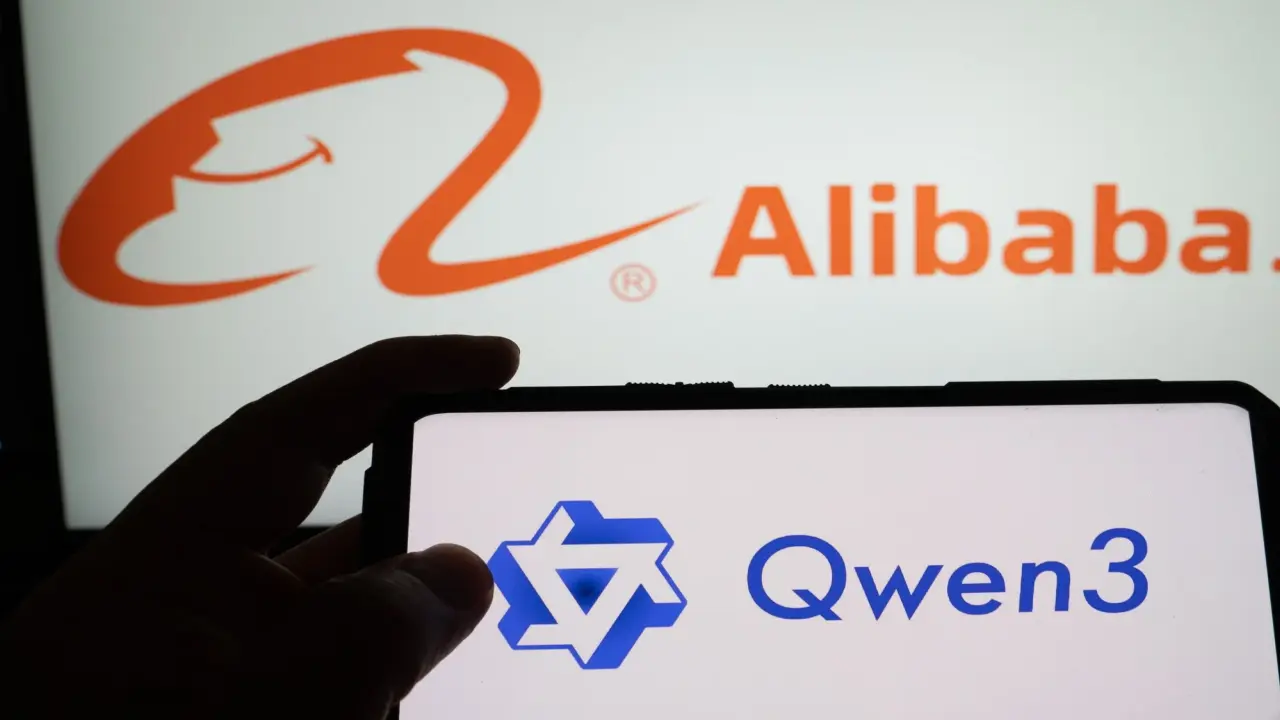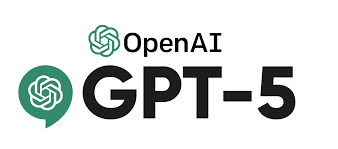Alibaba Unveils Qwen3: A Hybrid AI Model Setting New Benchmarks in 2025

In a bold stride towards advancing artificial intelligence capabilities globally, Chinese tech giant Alibaba has launched Qwen3, its latest generation open-source large language model (LLM) family that is stirring excitement across the AI community in 2025. Marking Alibaba’s debut into hybrid reasoning models, Qwen3 combines traditional AI strengths with innovative dynamic reasoning, surpassing previous models in computational efficiency, multilingual proficiency, and reasoning abilities.
A Spectrum of Powerful Models
The Qwen3 family comprises eight models, including six dense models of varying sizes (ranging from 0.6 billion to 32 billion parameters) and two massive Mixture-of-Experts (MoE) models boasting 30 billion and 235 billion parameters, with selectively active subsets to optimize performance during computation. This range provides developers flexibility to integrate AI into diverse applications, from mobile devices, smart glasses, robotics, to autonomous vehicles. All models are open-sourced and globally accessible for developers via platforms like Hugging Face and Alibaba Cloud, emphasizing Alibaba’s commitment to democratizing high-performance AI.
Hybrid Reasoning: Intelligent Thinking Mode
Qwen3 introduces a distinctive hybrid reasoning approach where models can switch smoothly between “thinking mode” and “non-thinking mode.” In thinking mode, Qwen3 employs advanced reasoning to tackle complex multi-step problems such as mathematics, coding, and logical deduction. In contrast, the non-thinking mode provides fast, general-purpose responses optimized for quicker interactions. This dual-mode design strictly balances intelligent performance with computational efficiency, a rare feature that empowers developers and businesses to customize AI behavior according to their task requirements without compromising scalability.
Extensive Training on Massive Data
The Qwen3 series was trained on an unprecedented dataset of 36 trillion tokens—doubling the volume used for its predecessor Qwen2.5. This colossal training corpus has enriched Qwen3 not just with vast domain knowledge but also enhanced the model’s ability to understand and generate text across 119 languages and dialects. This multilingual ability elevates Qwen3 to a highly competitive position in global markets, enabling translation, instruction-following, and cross-lingual communication tasks with remarkable fluency and accuracy.
Performance Benchmarks that Impress
Qwen3 models have demonstrated top-tier results across challenging AI benchmarks. They excel in areas like mathematical reasoning (AIME25 benchmark), software coding (LiveCodeBench), and tool use with function-calling (BFCL benchmark), reflecting superior logical and computational skills. Moreover, the four-stage training regimen employed in Qwen3’s development—long chain-of-thought cold start, reasoning-based reinforcement learning, fusion of thinking mode, and general reinforcement learning—enhances the model’s ability to decompose problems and reason through multi-step tasks effectively..
Cost-Effective Deployment with MoE Architecture
A key innovation in Qwen3’s design is its usage of Mixture-of-Experts (MoE) for the larger models. MoE architecture allows Qwen3 to activate only a subset of experts specialized in particular tasks, reducing unnecessary computations. Notably, the flagship Qwen3-235B-A22B model significantly cuts down deployment costs compared to other large AI models of similar scale, without compromising on quality. This cost efficiency is particularly appealing to enterprises seeking to deploy high-capacity AI services affordably, widening the accessibility of powerful AI tools to small and medium businesses.
Enhancing Human-AI Interactions
One of the standout features of Qwen3 is its improved human alignment that enables natural creative writing, role-playing, and multi-turn dialogues. The model facilitates more engaging and coherent conversations that improve user experience in chatbots, virtual assistants, and interactive applications. This progress in natural language understanding and generation positions Qwen3 as a strong contender in customer service AI, education technology, and content creation industries.
New Frontiers: Agent Integration and API Control
Qwen3 natively supports sophisticated agent frameworks via the Model Context Protocol (MCP), allowing it to integrate seamlessly with code execution, external tools, and APIs. This robust function-calling mechanism places Qwen3 among the frontrunners for complex workflows requiring AI agents that can manage multi-step processes autonomously. For developers, Qwen3 offers granular control over “thinking duration” with up to 38,000 tokens per task, providing flexibility in balancing response time with task complexity.
Alibaba’s Strategic AI Investment
Alibaba’s launch of Qwen3 is a culmination of an ambitious AI investment plan announced in 2025, betting $52 billion over three years on AI infrastructure, research, and development. This strategic infusion is aimed at enhancing its cloud services, creating new AI tools, and expanding the reach of AI technologies across sectors. Qwen3 embodies the company’s aspiration to challenge Western counterparts like OpenAI and Google by providing open-source models that excel in reasoning and efficiency on par or surpassing their competitors.
Implications and Industry Reception
As Alibaba continues to develop and release advanced AI models, Qwen3’s public availability signals a new wave of innovation and competition on the global AI stage. Its mixture of cutting-edge architecture, multilingual capabilities, cost-efficiency, and hybrid reasoning system makes it attractive for a broad spectrum of AI applications. Industry experts highlight that the open-source availability enhances transparency and accelerates AI research while addressing concerns about the monopolization of AI technologies.
Qwen3 reinforces Alibaba’s role as a critical player in the AI landscape by delivering a versatile, efficient, and advanced large language model system. Its hybrid reasoning approach, extensive multilingual support, and scalable architecture define the future trajectory of accessible AI technologies, promising a transformative impact across industries worldwide.
Enjoyed this post?
Subscribe to Evervolve weekly for curated startup signals.
Join Now →







